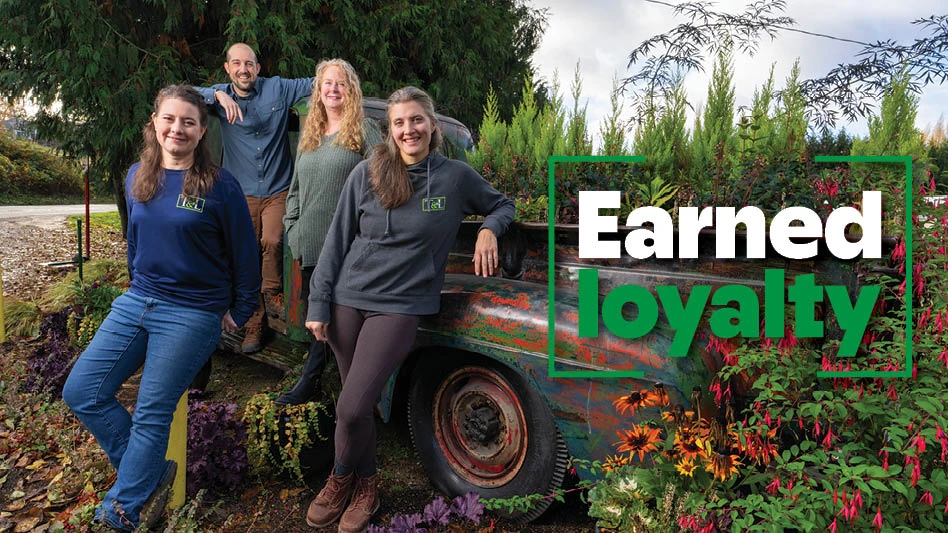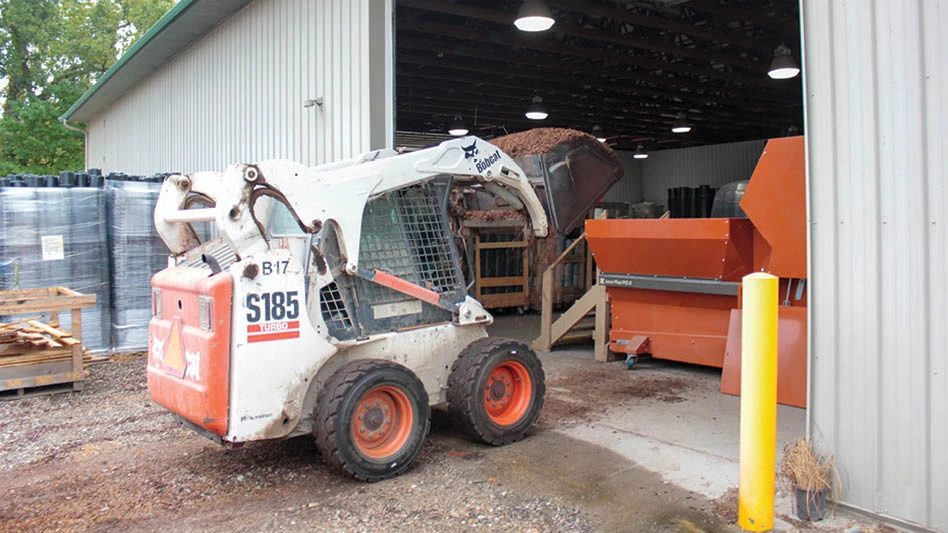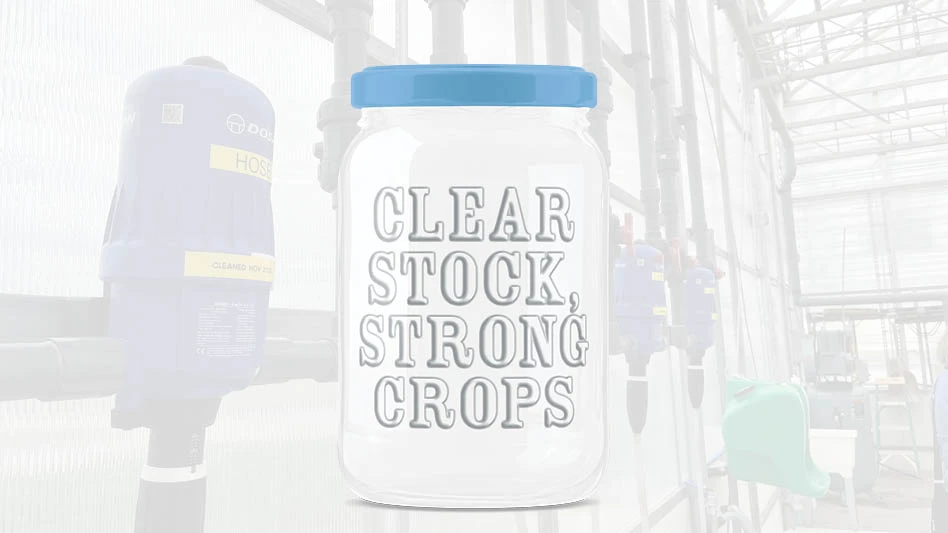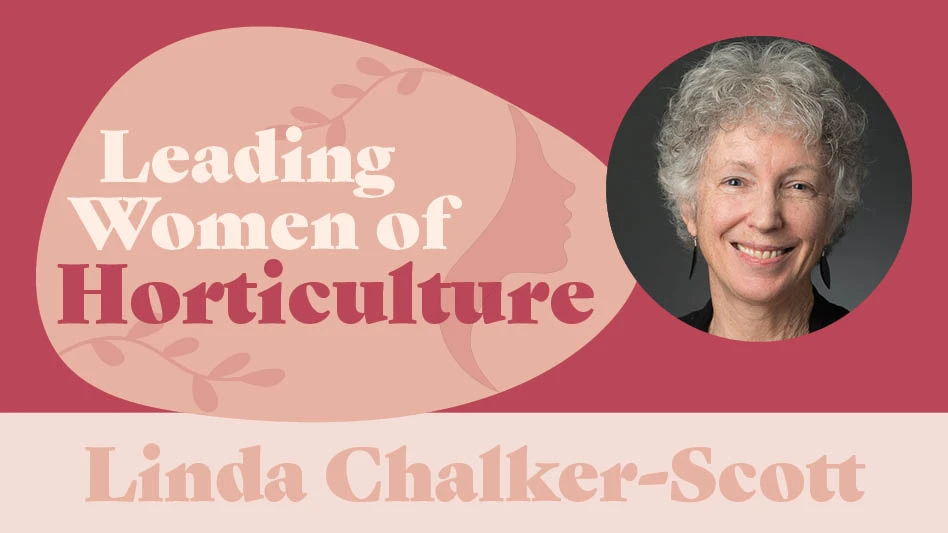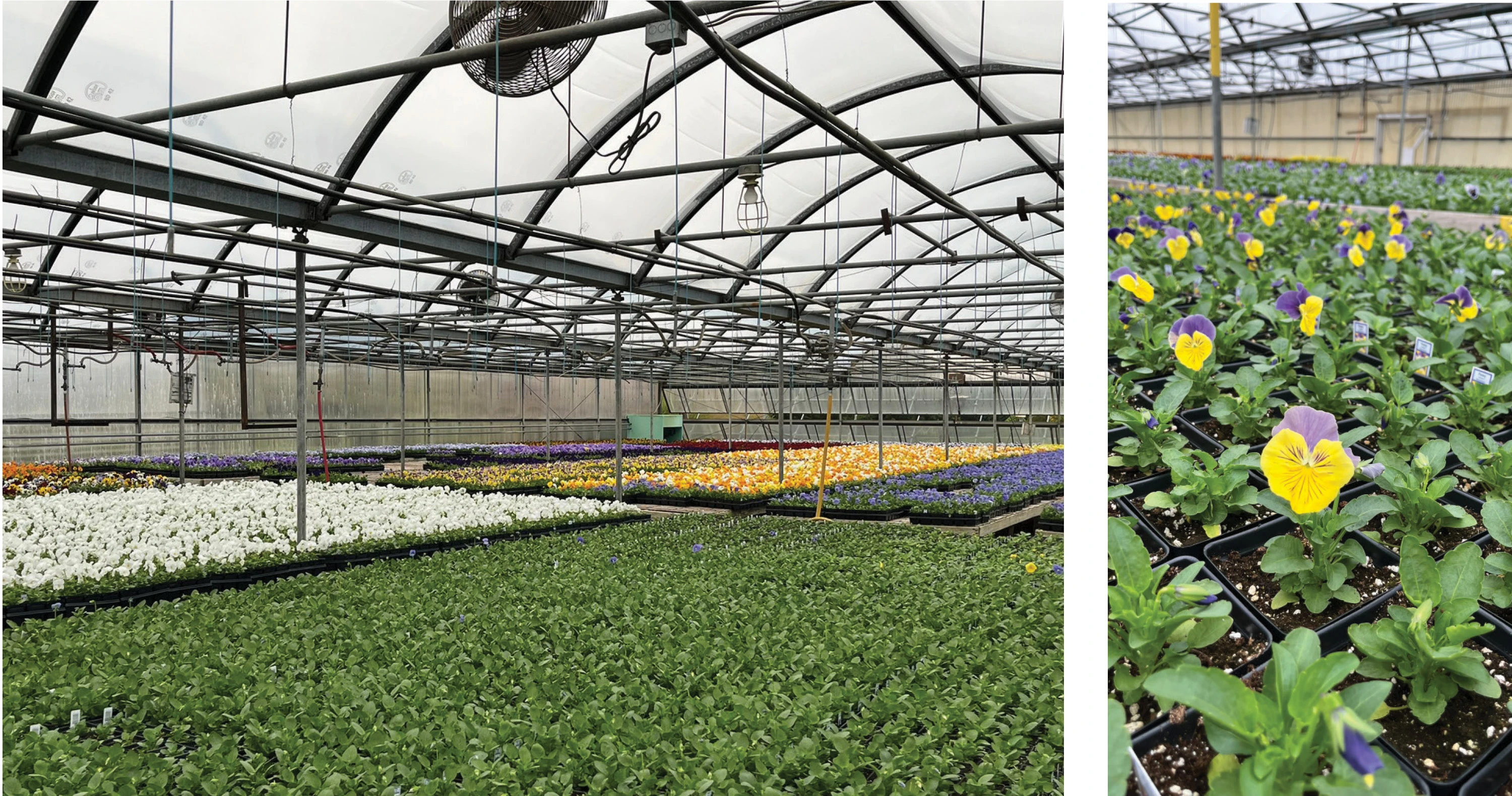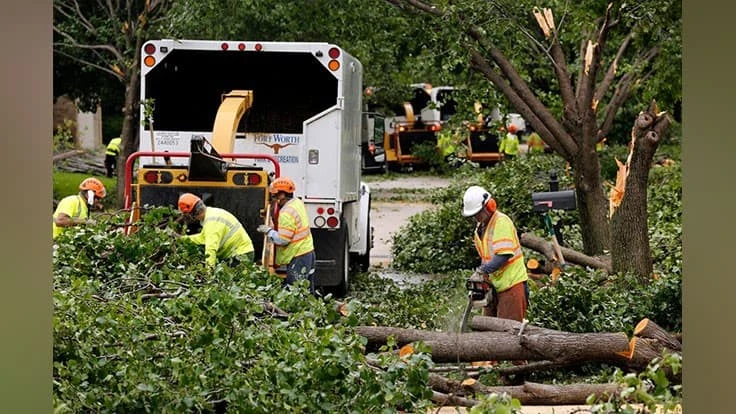
Provided by The Greenville News
South Carolina has taken the rare step to ban sales of the popular, but invasive, Bradford pear tree that is still sold in some nurseries as experts across the state fear the damage the spread of the tree has already done might not be undone for decades.
The Bradford pear and the wild Callery pear trees its fruit produce are known for their early spring white flowers and turn-up-your-nose odor.
They’ve also become known as one of the weakest structural trees in existence, with branches that commonly break after 10 to 15 years and a short life expectancy of 20 to 30 years.
Starting on Oct. 1, 2024, nurseries in South Carolina will be prohibited from selling the trees. The state will become the second in the country to ban them behind Ohio, where sales will cease in 2023.
Many nurseries have already stopped selling the trees, though they can still be found at some national retailers.
The ban affects the Bradford pear and any other tree grown from the Pyrus calleryana rootstock.
State lawmakers and the state’s Crop Pest Commission approved the ban after an advisory panel added the tree to the State Plant Pest List.
The Bradford pear was introduced to the United States in the 1950s as a solution to “fire blight” — which causes the tips of pear tree branches to brown and die — that affected European pears that dotted urban landscapes, said David Coyle, assistant professor of Forest Health and Invasive Species at Clemson, who started a Bradford bounty program at Clemson two years ago to encourage residents to cut down and replace the Bradford pears.
It was a fast-growing tree resistant to fire blight and thought to be sterile so its seeds wouldn’t reproduce, Coyle said. The U.S. Department of Agriculture approved the tree, and it was marketed for residential landscaping.
It became popular for its low price and quick growth as a shade tree but arborists noticed as soon as the 1960s that it had spread invasively.
Though technically sterile, its fruit can cross pollinate with any other variety of pear tree and produces Callery pear trees with viable fruit and sharp, strong thorns, Coyle said.
Durant Ashmore, a veteran Greenville landscape designer, said he never liked the “lollipop in the landscape” look of the Bradford pears white flowers and shape, so he didn’t use them.
But plenty of other landscapers did, and about 20 years ago Ashmore said he started to notice the spread of Callery pears across fallow fields in the Upstate.
He started to barnstorm against the trees about the same time experts in the field noticed the same issue. Within a few years, most local nurseries had stopped selling them, and some cities removed them from lists of trees developers could plant in new subdivisions.
“Bradford pears became popular, for one, because they’re so cheap, but we knew early on that they had structural problems and were dangerous,” said Ashmore, a landscaper for 40 years who owns Durant Ashmore Landscape Nursery.
As birds and squirrels dined on Bradford pears and their waste allowed cross-breeding of Callery pear trees, the fast-growing, early-flowering trees have begun to choke out the natural landscape in fields across the state and country.
Where pine trees and then oak, maple and dogwoods would normally thrive, Callery pears now dominate. And the Callery pears’ thorns are strong enough to puncture tractor tires, so normal bushhogging of land isn’t an option to rid fields of the trees, which have become a thorn in the side of farmers, Ashmore said.
Stopping the sale of the trees is just one tactic to slow the invasive spread, said Steven Long, the state’s State Plant Regulatory Official and chairman of the South Carolina Invasive Species Advisory Committee.
It’s up to residents and local governments to remove existing trees and replace them with natural species, he said.
It may be a 50-year process to bring the Callery pear population under control, he said.
“Banning Bradford pears is one thing, but we are going to be dealing with the effects of the Callery pear for decades, if not centuries,” said Ashmore, who wrote a viral column, The Curse of the Bradford Pear, in 2016 in The Greenville News.
Long noted that while the sale of Bradford pears will become illegal, it is still legal to own the tree, though he encouraged residents to consider replacing the trees with another variety.
The ban of an invasive species that’s actively being sold is a rare step for the state regulators to take, Long said. They spent two years gathering feedback and reaching out to industry representatives before making the decision, he said.
“When you look at taking something like that out of the industry, it can be what’s best for the landscape, but it doesn’t mean you’ll get public support for it,” he said.
In this case, industry representatives didn’t offer much resistance.
Long called it a new precedent for the invasive species advisory group that might look to add other invasive species to the pest plant list in the coming years.
Read the original article by Nathaniel Cary in The Greenville News here.
Latest from Nursery Management
- John Ruter shares UGA's latest woody and herbaceous ornamental plant breeding projects
- Conor Foy joins EHR's national sales team
- Pantone announces its 2026 Color of the Year
- Syngenta granted federal registration for Trefinti nematicide/fungicide in ornamental market
- Get to know Kayela Aeppli
- HILA 2025 video highlights: John Gaydos of Proven Winners
- Q&A with Justin Bartlett
- Be the best choice
